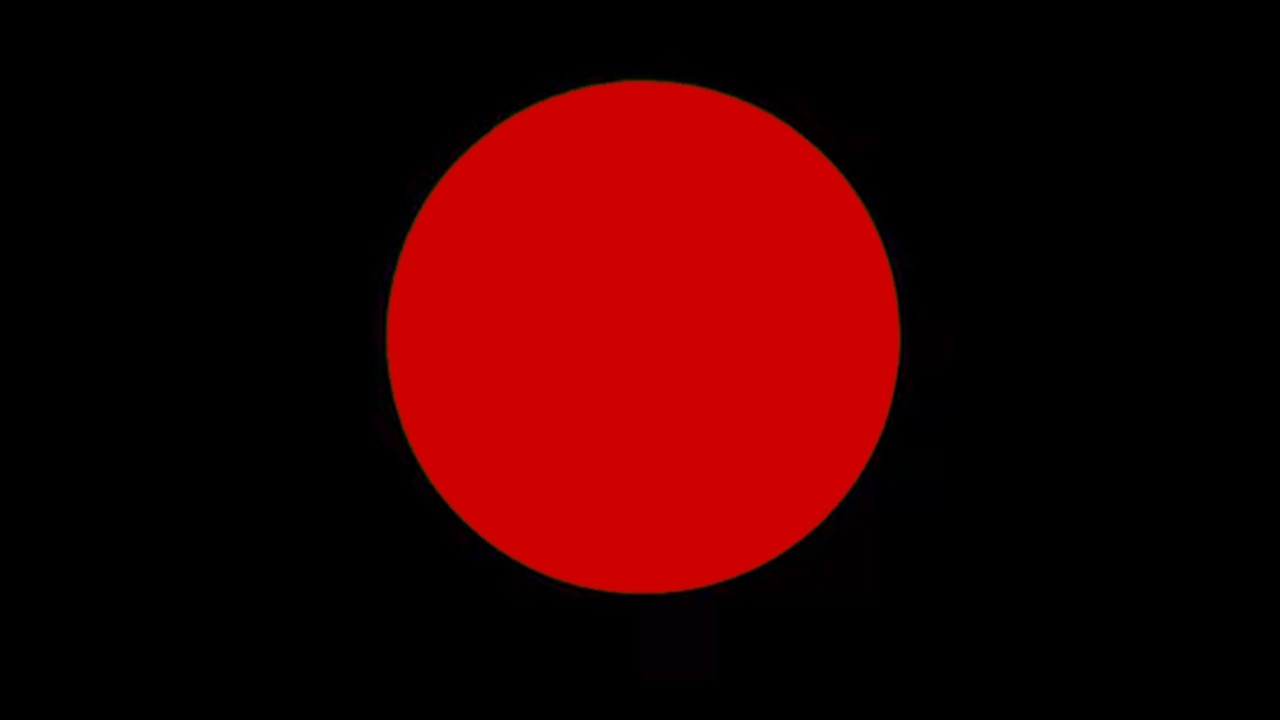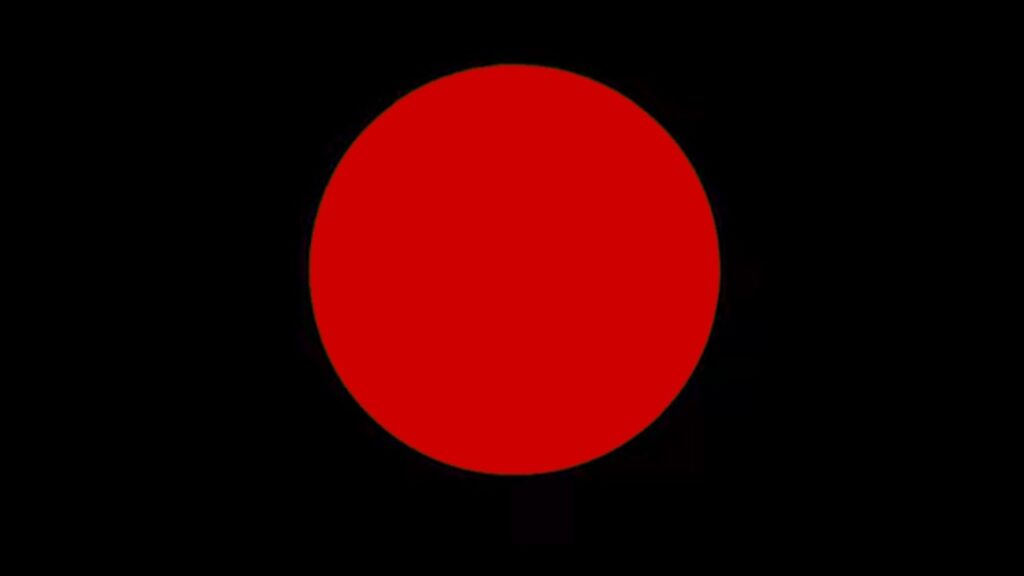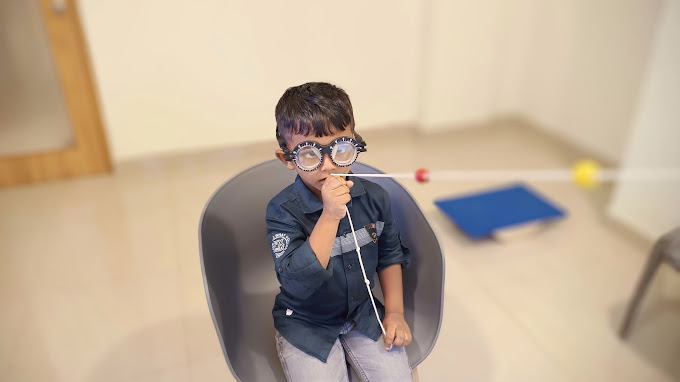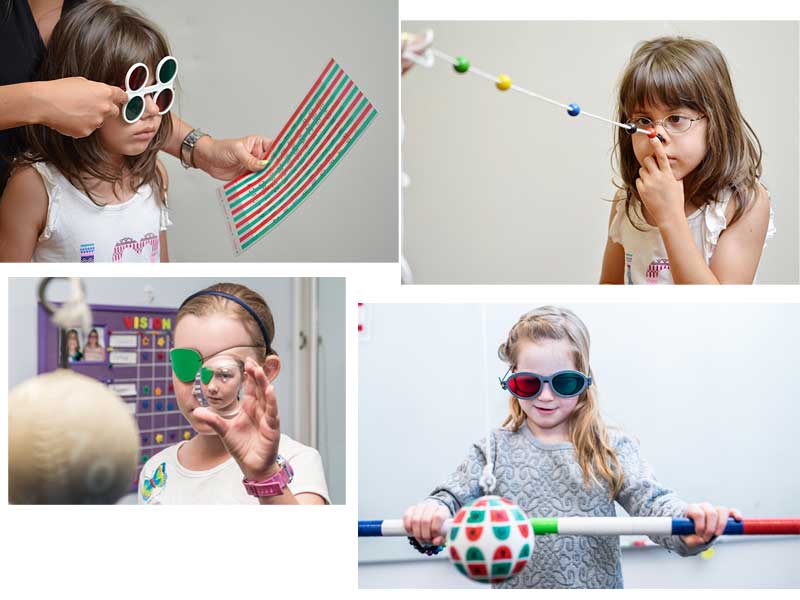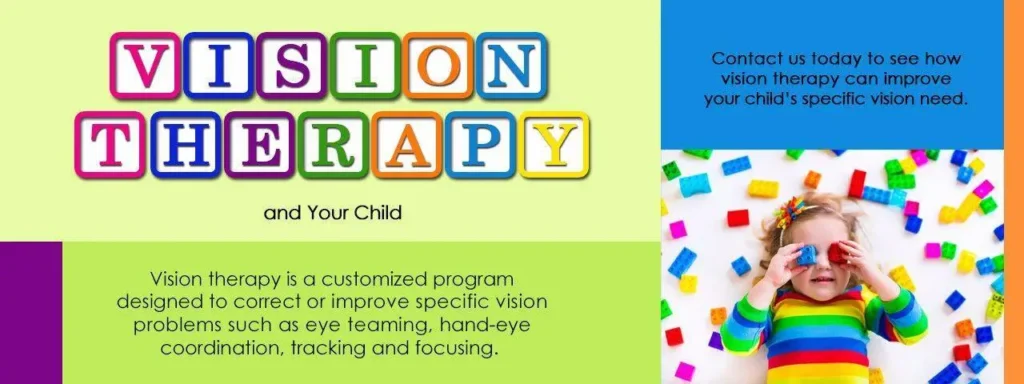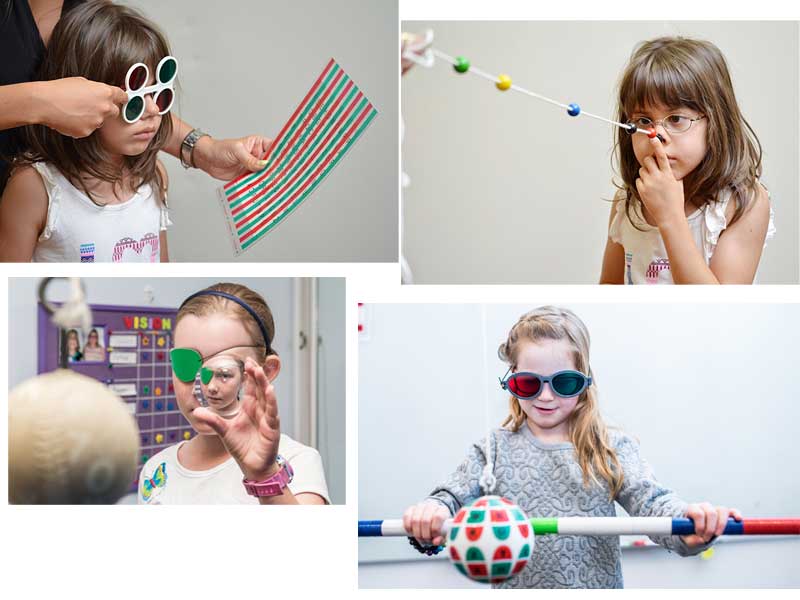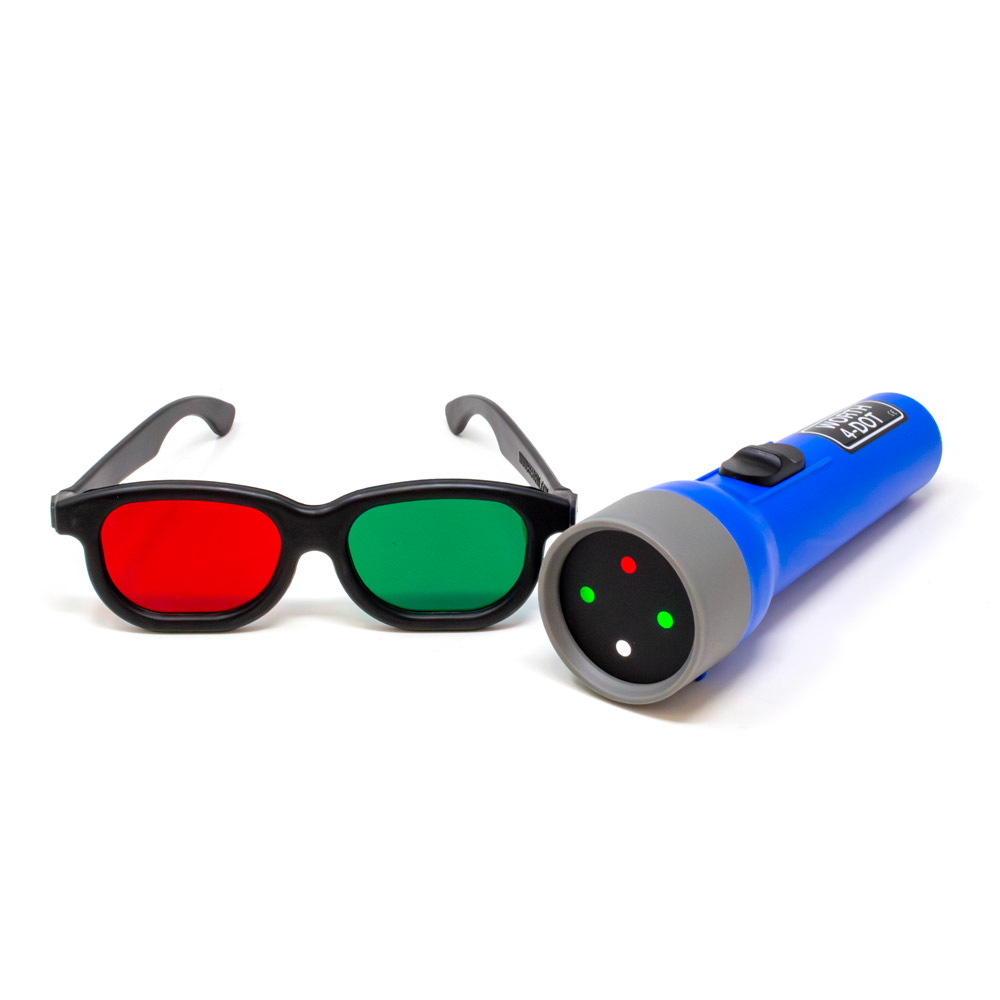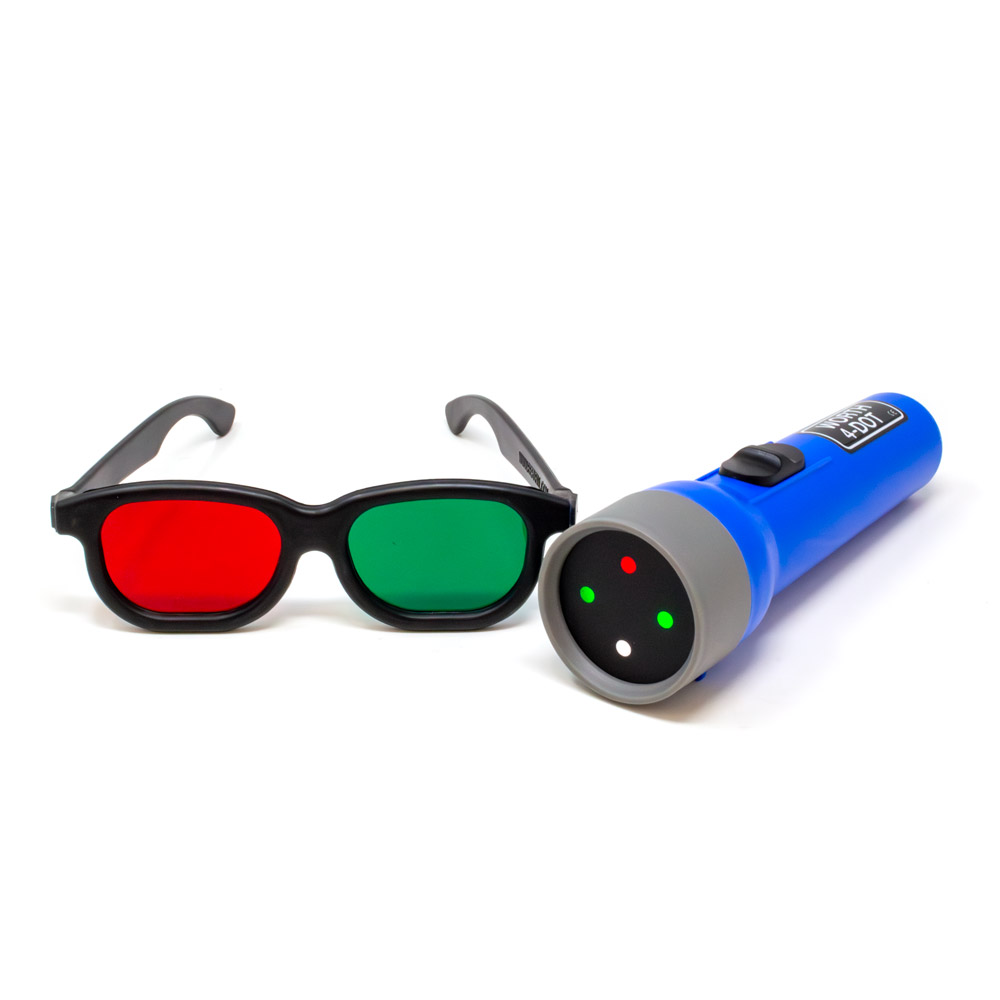অলস চোখের চিকিৎসা বাংলাদেশে

অলস চোখের চিকিৎসা বাংলাদেশে |বাংলাদেশে দৃষ্টি থেরাপির মাধ্যমে অলস চোখের (অ্যাম্বলিওপিয়া) চিকিৎসা করা যেতে পারে। বাংলাদেশে অলস চোখের চিকিৎসা।
অ্যাম্বলিওপিয়া, যা সাধারণত "অলস চোখ" নামে পরিচিত, দৃষ্টি বিকাশের একটি ব্যাধি যেখানে একটি চোখ স্বাভাবিক দৃষ্টিশক্তি অর্জন করতে ব্যর্থ হয়, এমনকি প্রেসক্রিপশন চশমা বা কন্টাক্ট লেন্স ব্যবহার করেও। এটি সাধারণত শৈশব এবং শৈশবকালে শুরু হয়। অ্যাম্বলিওপিয়ার চিকিৎসা সবচেয়ে কার্যকর যখন এটি প্রাথমিকভাবে শুরু করা হয়, বিশেষ করে 7 বছর বয়সের আগে, তবে এটি এখনও বড় বাচ্চাদের এবং এমনকি প্রাপ্তবয়স্কদের জন্য উপকারী হতে পারে। এখানে কিছু সাধারণ চিকিৎসার বিকল্প রয়েছে। বাংলাদেশে অলস চোখের চিকিৎসা |
1. সংশোধনমূলক চশমা
চশমা বা কন্টাক্ট লেন্স। যদি অ্যাম্বলিওপিয়া প্রতিসরাঙ্ক ত্রুটির (নিকটদৃষ্টি, দূরদৃষ্টি, বা দৃষ্টিভঙ্গি) কারণে হয়, তাহলে সংশোধনমূলক লেন্স পরা আক্রান্ত চোখে দৃষ্টি উন্নত করতে সাহায্য করতে পারে। বাংলাদেশে অলস চোখের চিকিৎসা
2. দৃষ্টি থেরাপি
চোখের ব্যায়াম চোখের সমন্বয় এবং ফোকাস করার ক্ষমতা উন্নত করার জন্য ডিজাইন করা নির্দিষ্ট ব্যায়াম উপকারী হতে পারে। এই ব্যায়ামগুলি প্রায়শই একজন চক্ষু বিশেষজ্ঞ বা চক্ষু বিশেষজ্ঞের তত্ত্বাবধানে করা হয়। বাংলাদেশে অলস চোখের চিকিৎসা
কম্পিউটার-ভিত্তিক প্রোগ্রাম। কিছু প্রোগ্রাম ইন্টারেক্টিভ কার্যকলাপ এবং গেমের মাধ্যমে দুর্বল চোখকে উদ্দীপিত করার জন্য ডিজাইন করা হয়েছে। বাংলাদেশে অলস চোখের চিকিৎসা।
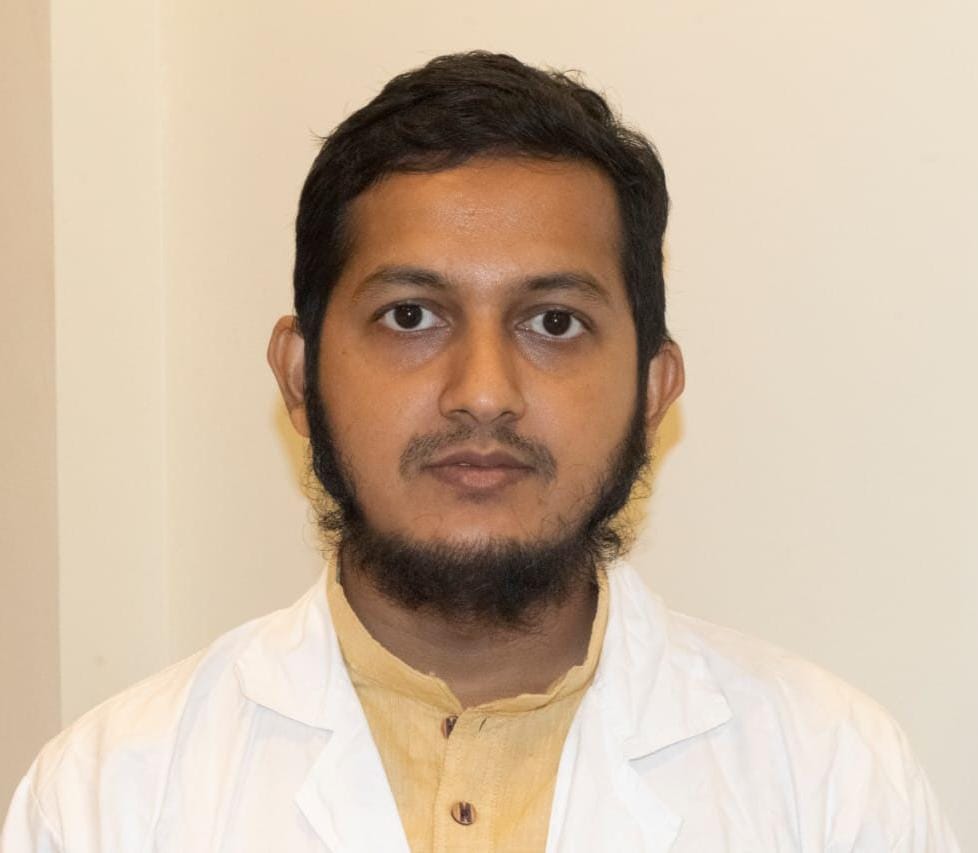
Dr Rakib Hasan
Master’s in Optometry
Bachelor’s in Optometry
Diploma in Medical Faculty (DMF)
Child Vision Specialist
Vision Therapy & Contact Lens Practitioner
BM&DC Registration No: D 12803
what’s app : +88 01826608842


